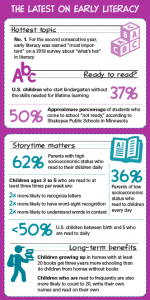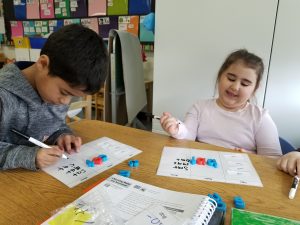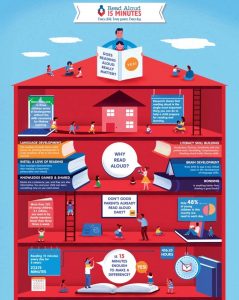Children ages 3-5 are ready to learn about books and take part actively in sharing them.
Reading picture books with your preschooler helps spark her imagination and her love
of stories.
Sharing, reading, and looking at the pages of a picture book with your child and asking questions help prepare her to read. The more books you read with your child, the more her love
of books will grow. Provide your preschooler with books on topics that interest her and share in reading experiences that capture her imagination. Reading storybooks with young
children is a vital activity for later reading success. Let your preschooler choose a picture book for you to read to her. Find a comfortable place where the two of you can sit together to look at the pictures. Spark her interest in the book by actively involving her in the storytelling process. Let your child ask questions and encourage her to point to the
pictures in the story. Ask her questions about the pictures and point out connections between the pictures in the books and her own experiences.
Provide your preschooler with a variety of picture books to choose from. Let her pick out the book she wants to read.
● Ask “wh-” questions: Asking your child questions as you read helps her think about and
● Does your preschooler show
greater interest in reading?
● Does your preschooler have a
favorite book, one that she wants
you to read again and again?
● Does your preschooler retell stories
while looking at the books?
Reading and Storytelling
Understand the story. Start by identifying what is going on in the pictures. “What is this dog doing?” Agree with and expand on her answers. “That’s right! That dog is chasing a cat! What do you think the cat is trying to do?” You can also relate the book to your child’s own experiences. “Our dog likes to chase cats too, doesn’t he? What else does he like to chase?”
● Reread and retell: Rereading the same book helps
your child become familiar with the story and learn to
connect the words that are being said with the words
she sees on the page. Once your child becomes
familiar with the story, have her retell it in her own way.
She can use the pictures and her memory. Encourage
and praise her attempts even if her version is different
from the original.


